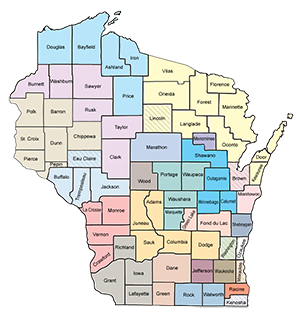Source: Brookings Institute
A new report from Brookings analyzes reasons why poor children are less ready for school. Forty-eight percent of poor children are identified as “ready” to enter school at age five based on a summary measure that looks at early math and reading skills, learning-related and problem behaviors, and overall physical health, while 75 percent of children from moderate and upper income families are school ready at five. The report looks at the impact of preschool attendance, parenting behaviors, parents’ education, maternal depression, prenatal exposure to tobacco, and low birth weight on school readiness. Using data from the birth cohort of the Early Childhood Longitudinal Study, the report finds that after controlling for other family characteristics children who attended preschool were 9 percentage points more likely to be ready for school. Mothers who smoked correlated with their children being 10 percentage points less likely to be school ready, and the school readiness of children whose mothers scored lower in parent supportiveness during child interactions was also 10 percentage points lower.
The second part of the report evaluates the effectiveness of three different intervention methods—preschool programs, smoking cessation programs during pregnancy, and nurse home visiting, particularly the Nurse Family Partnership model—to predict which method provides the greatest increase in school readiness among poor children. Drawing from estimates on the impact each intervention would have on children’s school readiness as well as how large of the population of poor children the method would reach, the study finds that the expansion of preschool attendance provides the greatest increase in school readiness. Preschool attendance was estimated to give children an 8.9 percent increase in being school ready whereas the home visiting program was estimated to give a 3.4 percent increase in school readiness and smoking cessation programs only had a 0.3-0.6 percent increase. The report acknowledges that these calculations are meant to give a rough sense of the different effects of these three intervention method but are still quite uncertain. The central findings of the report show that the 27 percentage point difference in school readiness between poor children and children who live in moderate to upper income families can be attributed to not just poverty but also to the lower levels of education among their parents, lower levels of parenting skills, higher rates of parental smoking, and higher rates of depression among their parents.
Read full report by clicking here.


